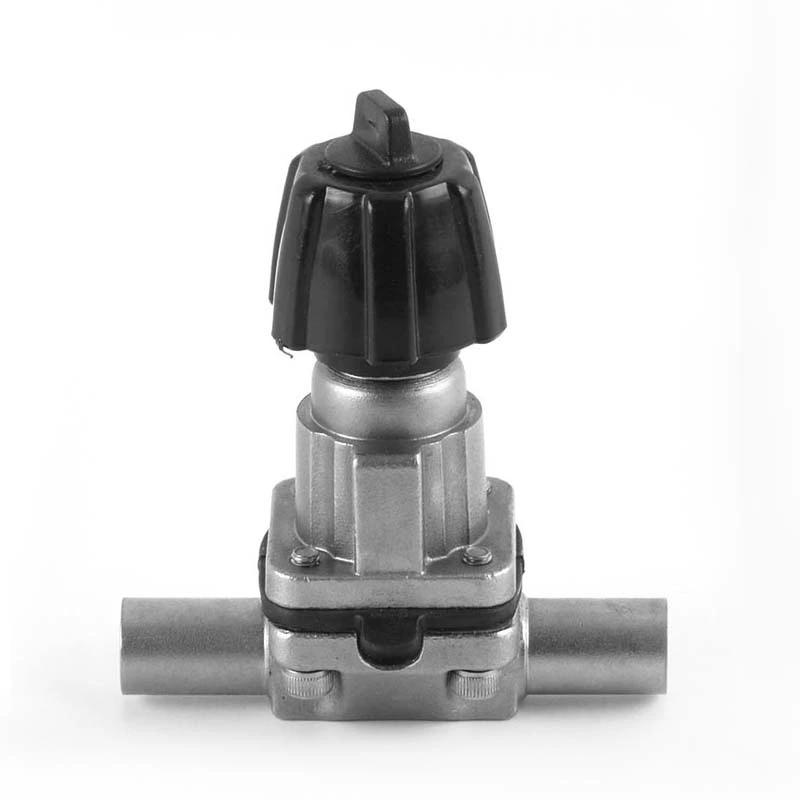Reasons Why There Is No Gas Discharge From The Exhaust Hole Of The Pneumatic Sanitary Diaphragm Valve
The reason why there is no gas discharge from the exhaust hole of Sanitary Diaphragm Valve
Recently, a company installed pneumatic sanitary diaphragm valves of different specifications on site, with the same working conditions. After the installation, the air source was connected, and the pressure was 4.5 kg. One of the pneumatic sanitary diaphragm valves did not move. Later, the air source pressure was increased to 8 kg, but the valve still did not move. The on-site technicians were puzzled. So they called the manufacturer for consultation. The manufacturer promptly dispatched technicians to the site to understand the situation and conduct tests. It was found that when the air source was input, no gas was discharged from the exhaust hole. The preliminary analysis was that the exhaust hole was blocked. Later, the cylinder head was opened and it was found that there was foreign matter in the cylinder of the sanitary diaphragm. It turned out that the on-site personnel accidentally pushed the dust cover into the cylinder piston cavity during installation, sealing the exhaust hole, resulting in the inability to discharge gas, the piston was blocked, and the valve did not move. Finally, the foreign matter was removed and the valve worked normally. When choosing a pneumatic sanitary diaphragm valve, you must choose a high-quality manufacturer and operate it strictly in accordance with the requirements of the instruction manual to avoid unnecessary failures.
Pneumatic sanitary diaphragm valves are often used in our machinery industry, so what are the characteristics of diaphragm valves? Today, I will introduce the characteristics of diaphragm valves in use:
1. Small fluid resistance;
2. More suitable for corrosive, slurry media, and viscous media;
3. Cannot be used in high pressure occasions;
4. Can use hard suspended media, the media only contact the valve body and the diaphragm, so no stuffing box is required, there is no problem of stuffing box leakage, and it is non-corrosive to the valve stem.
5. Rubber has good corrosion resistance. There is no better corrosion-resistant material. We should use it as a corrosion-resistant material;
6. Softer rubber diaphragm valves can cut off the leakage of the medium;
7. Simple flow path, generally used in unclean media;
8. Opening characteristics. When we use corrosion-resistant control valves, we use the front part of the quick opening characteristics, and the effective stroke is short.
